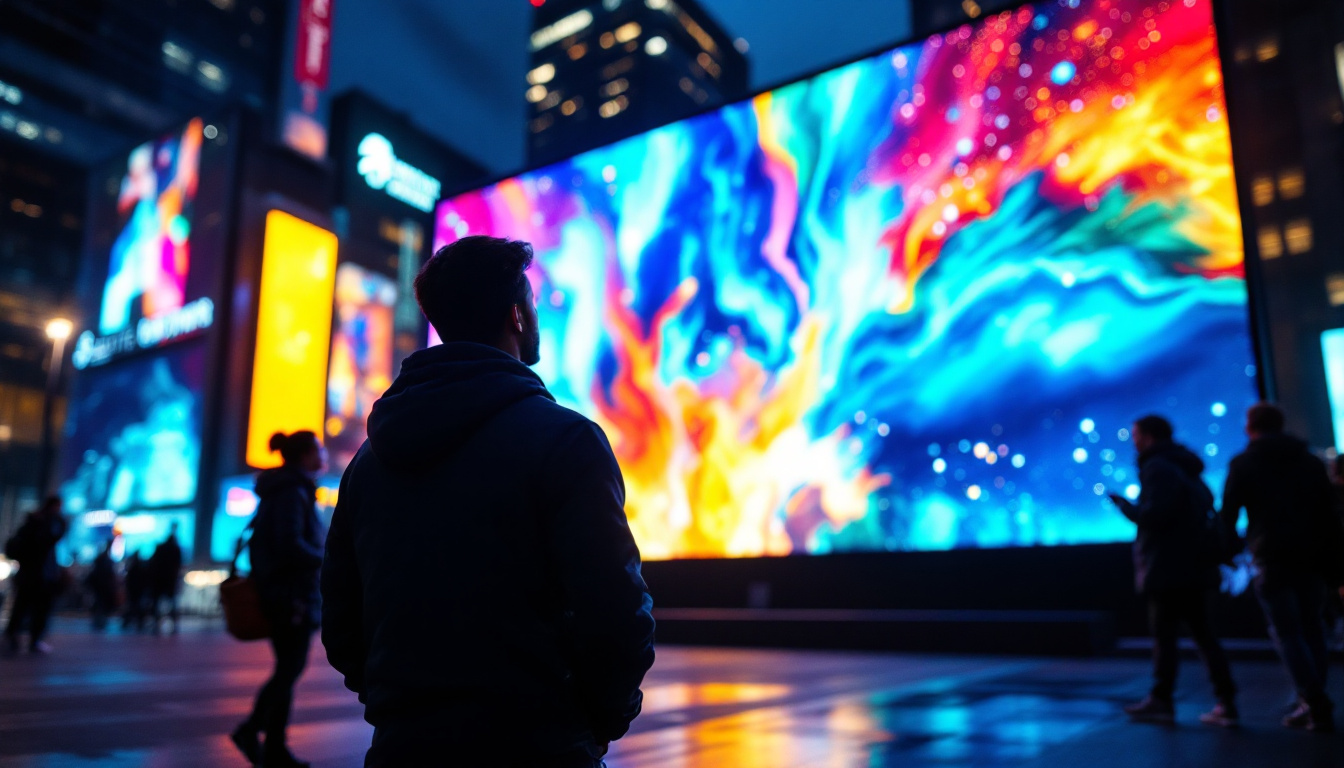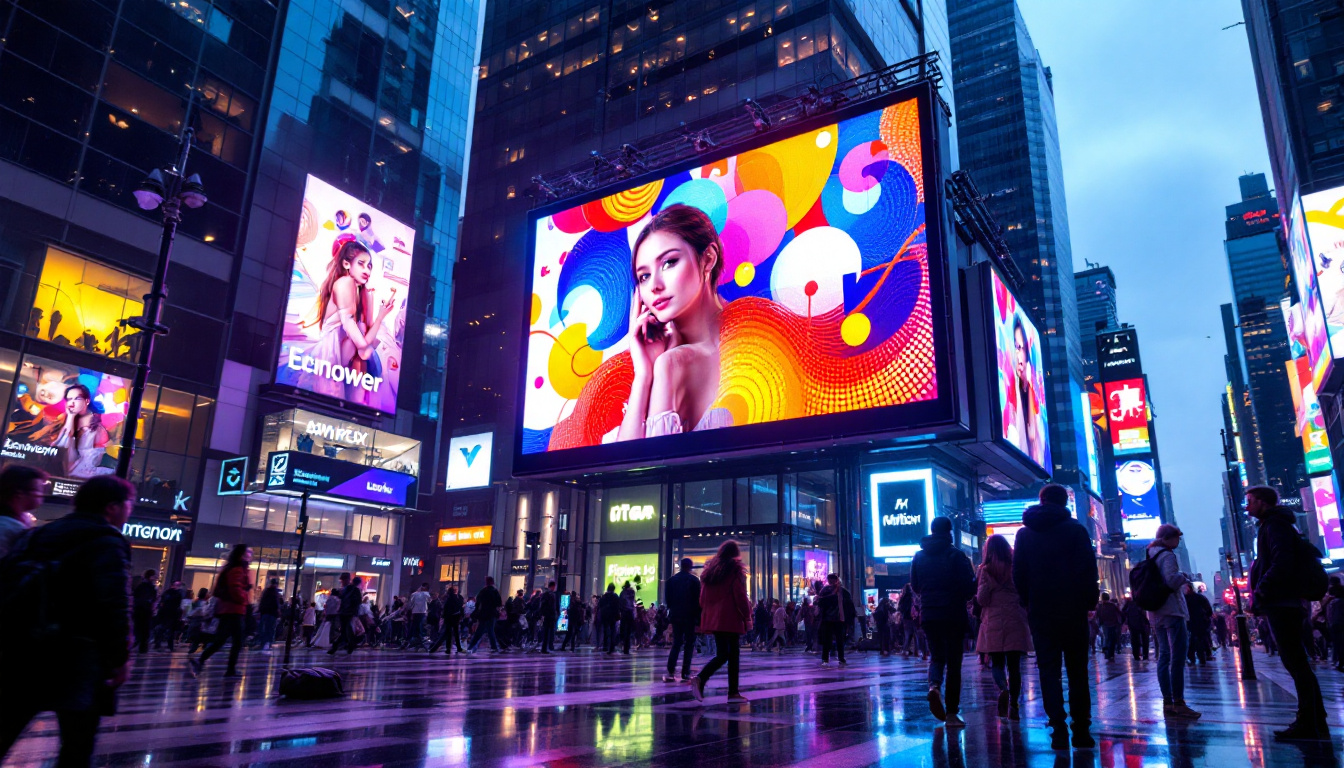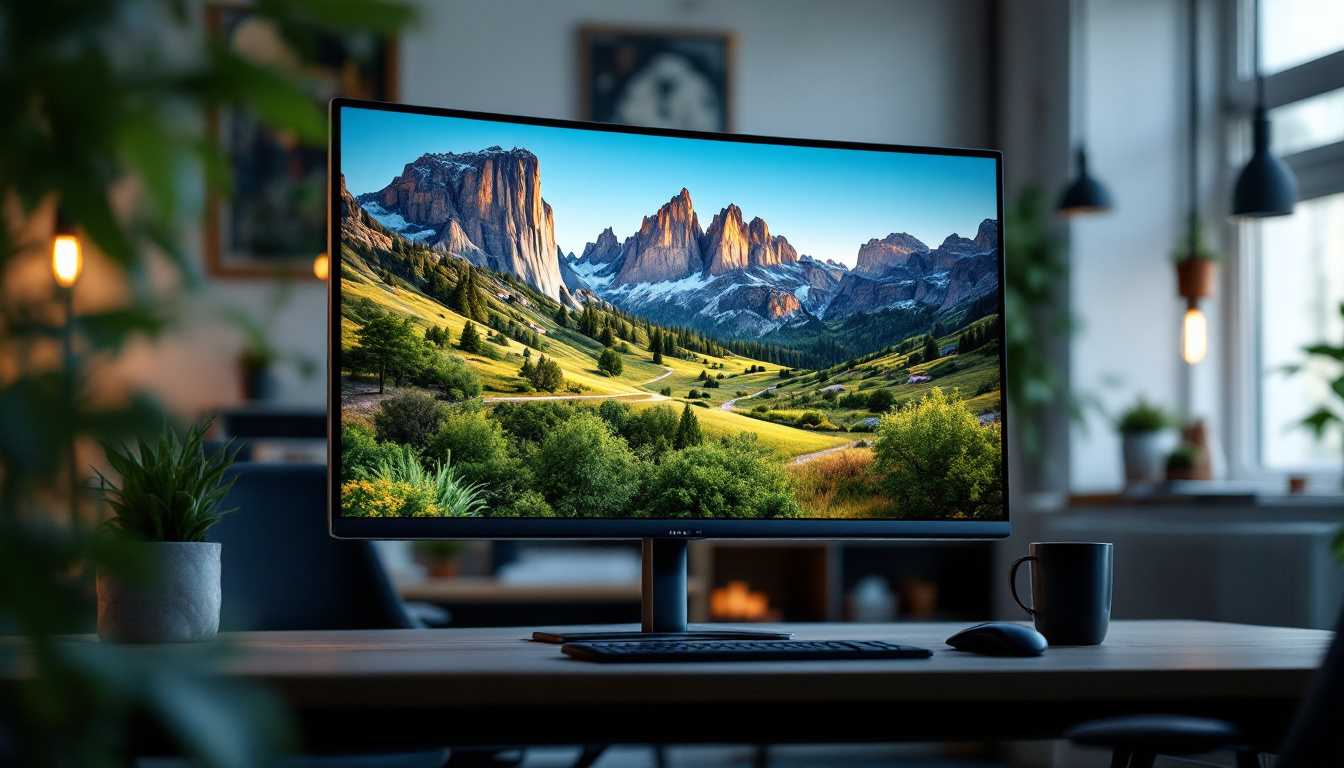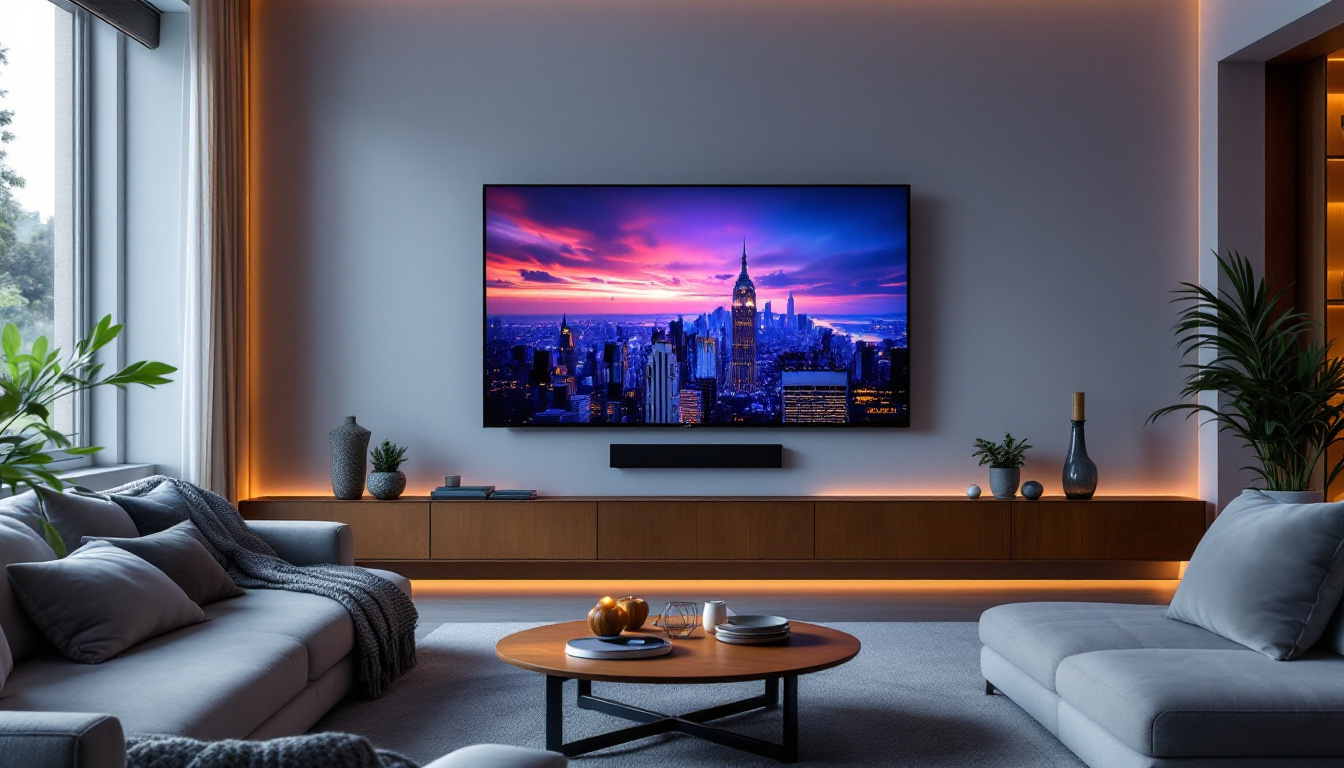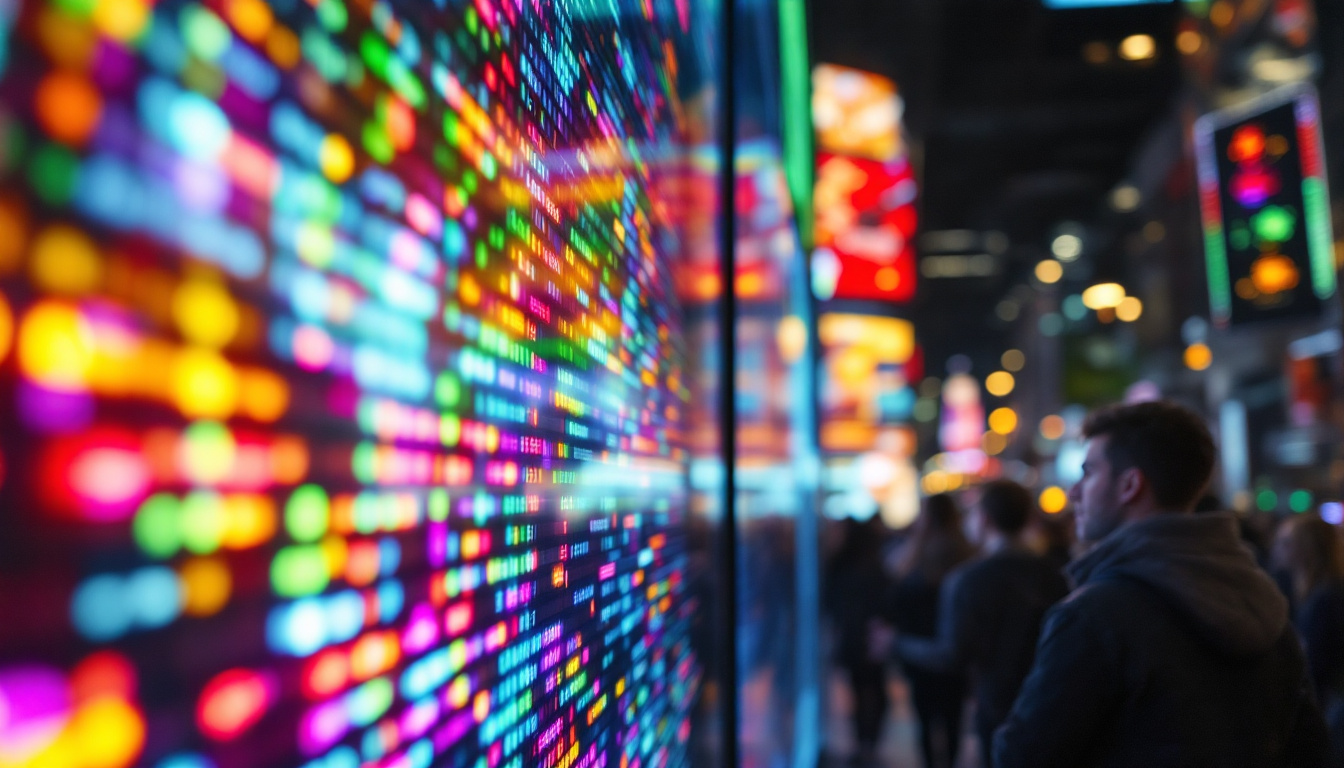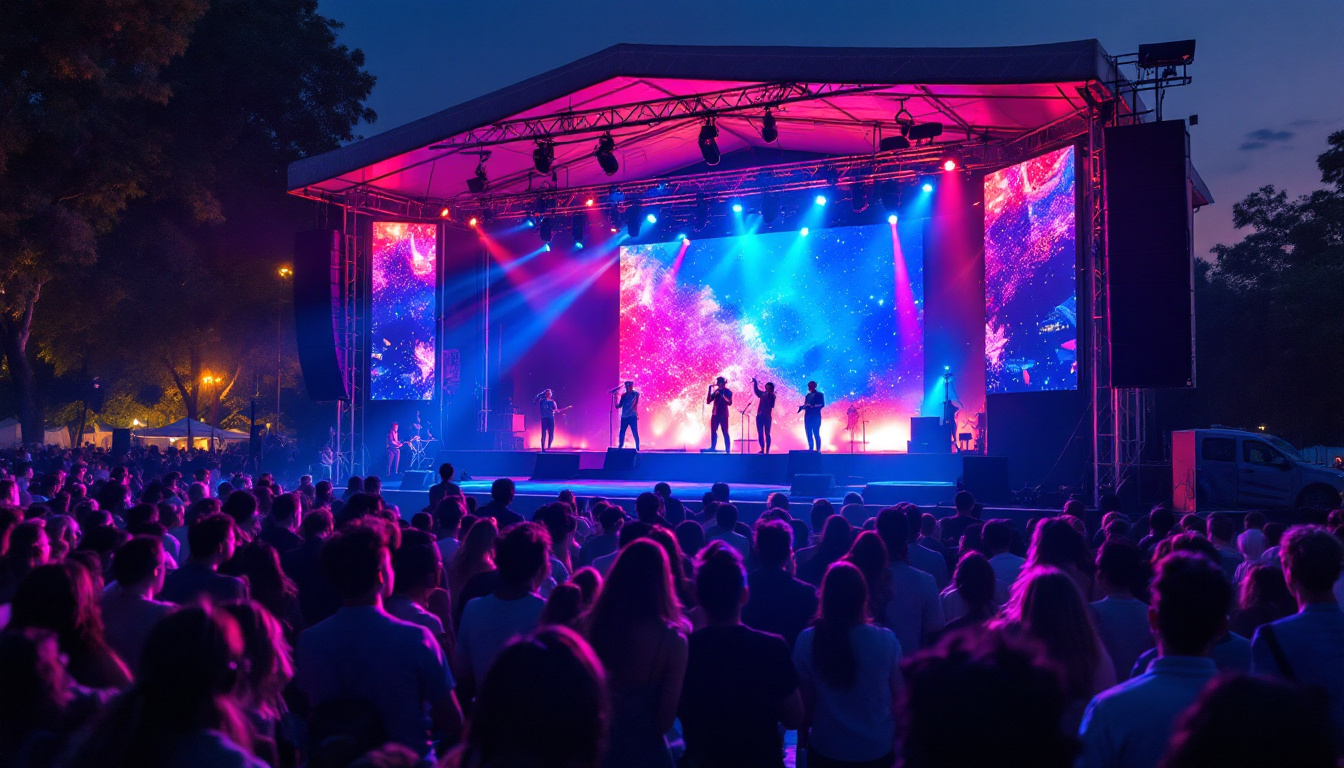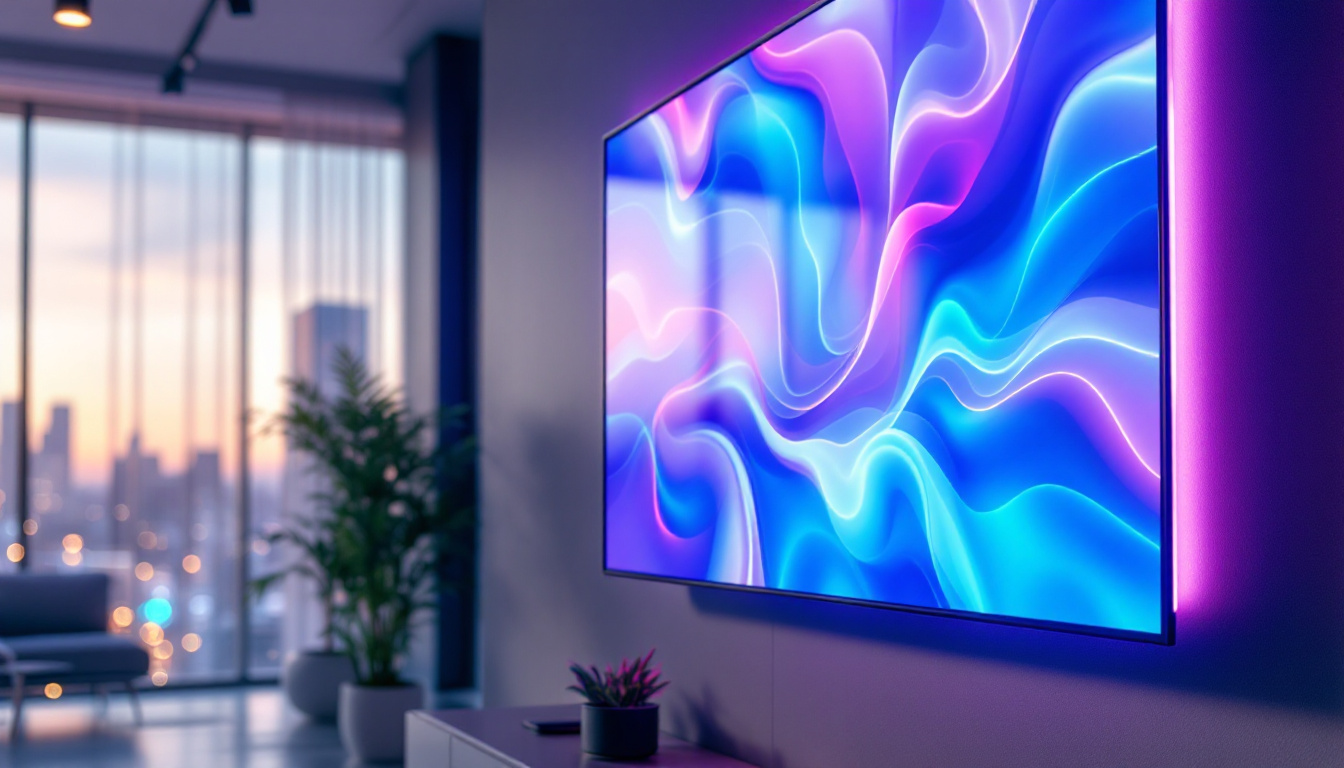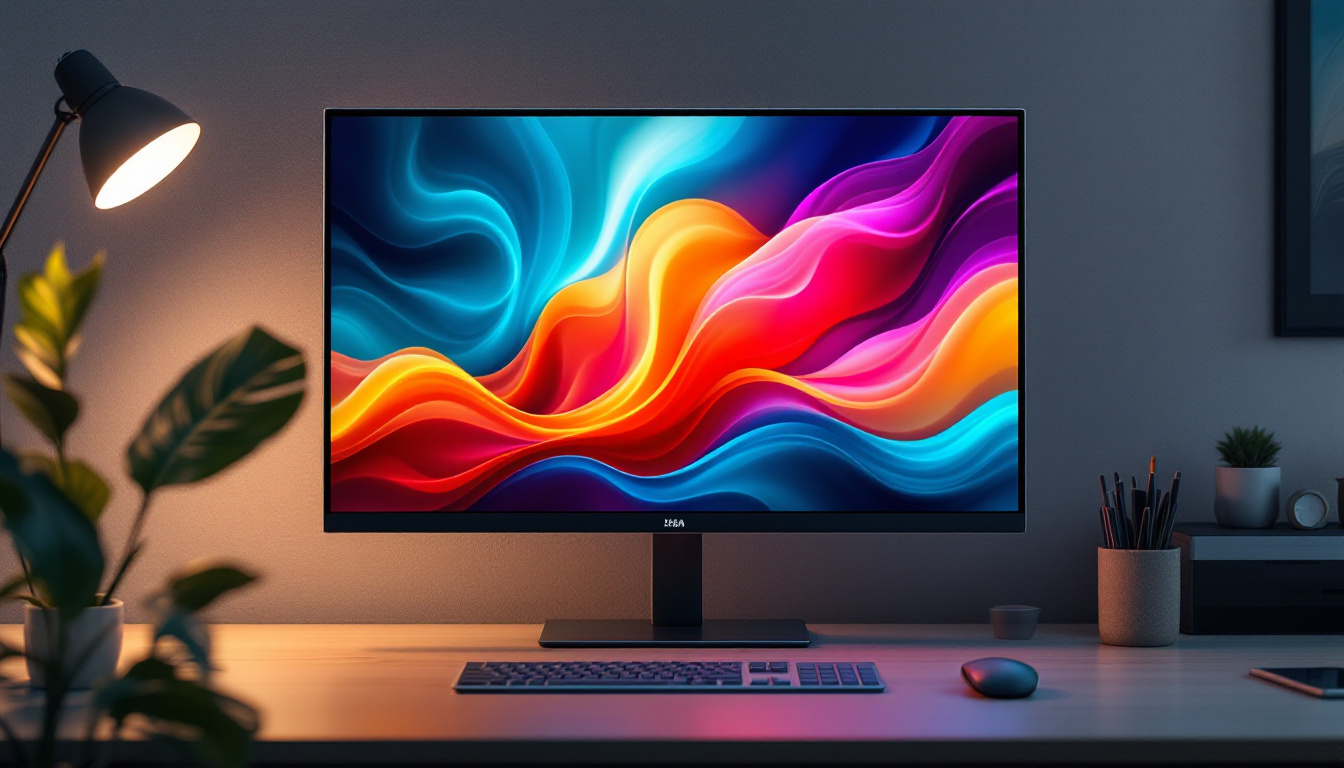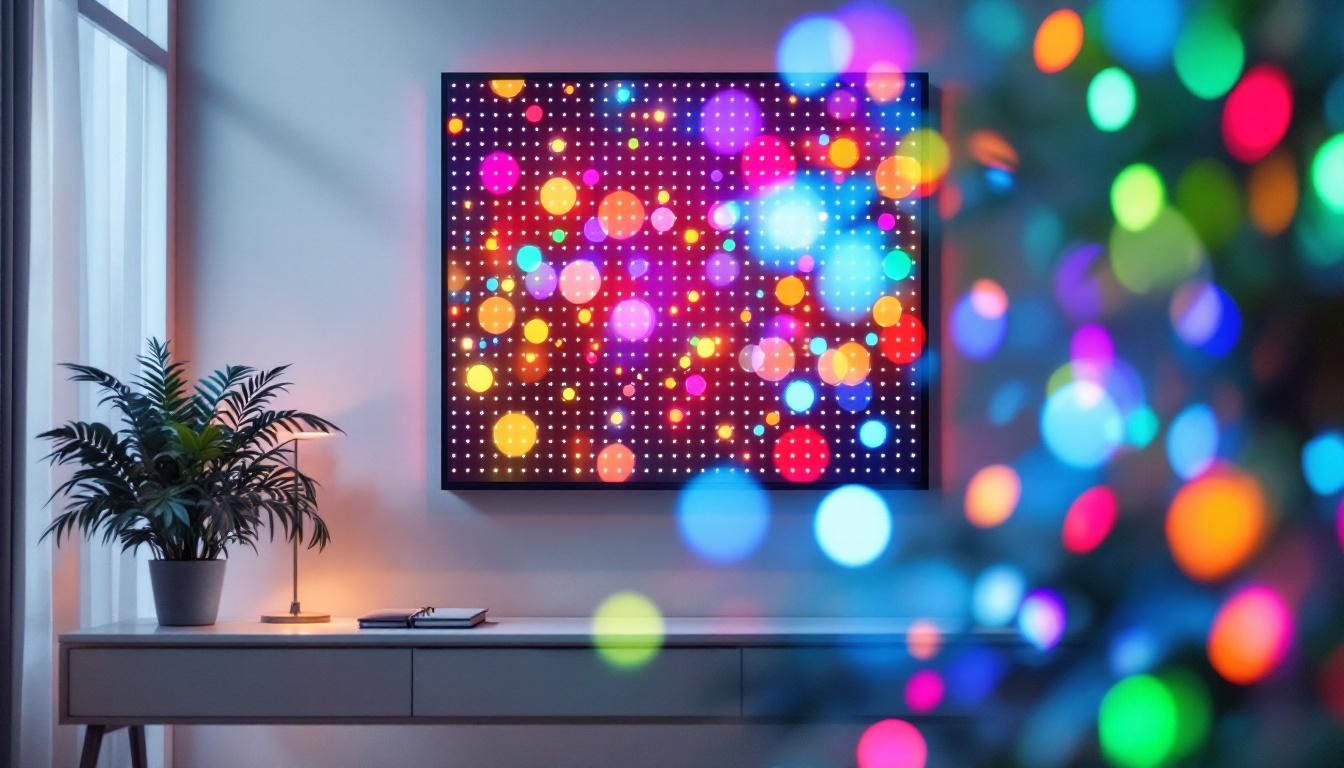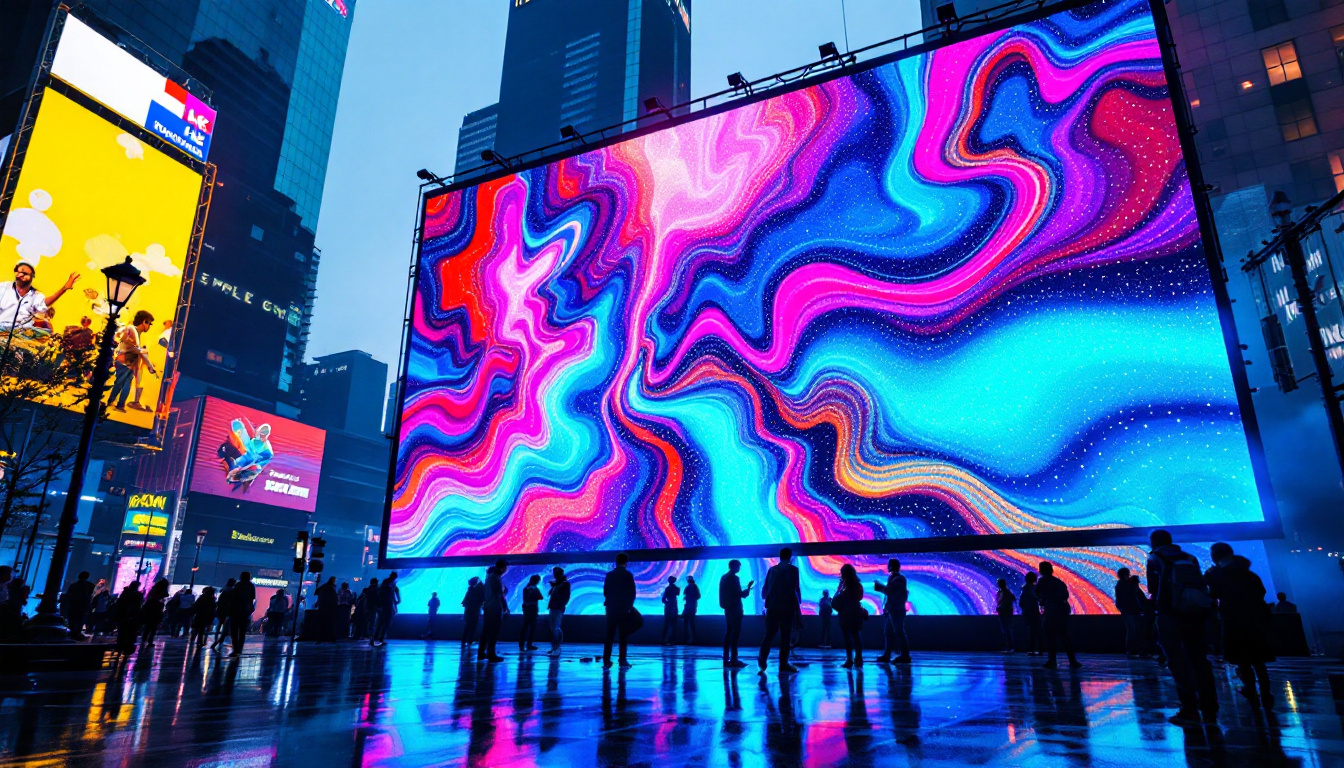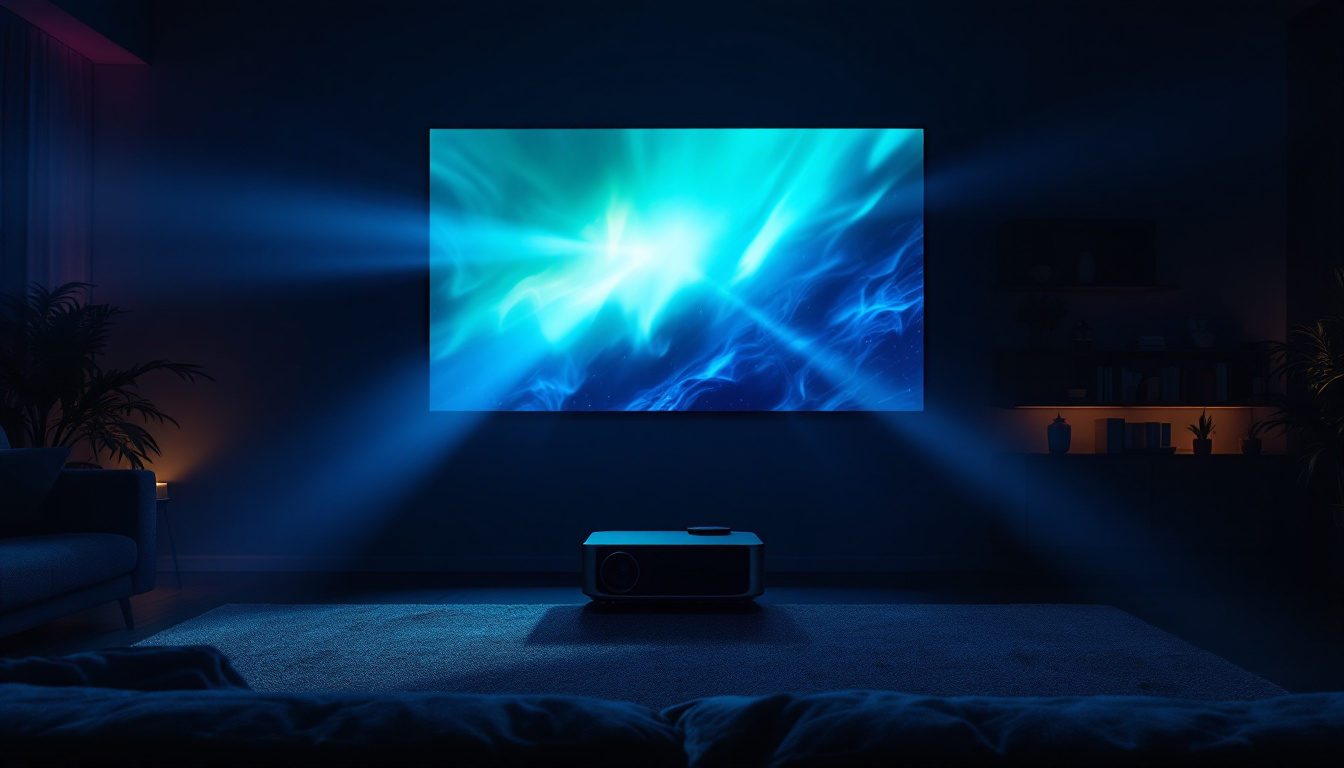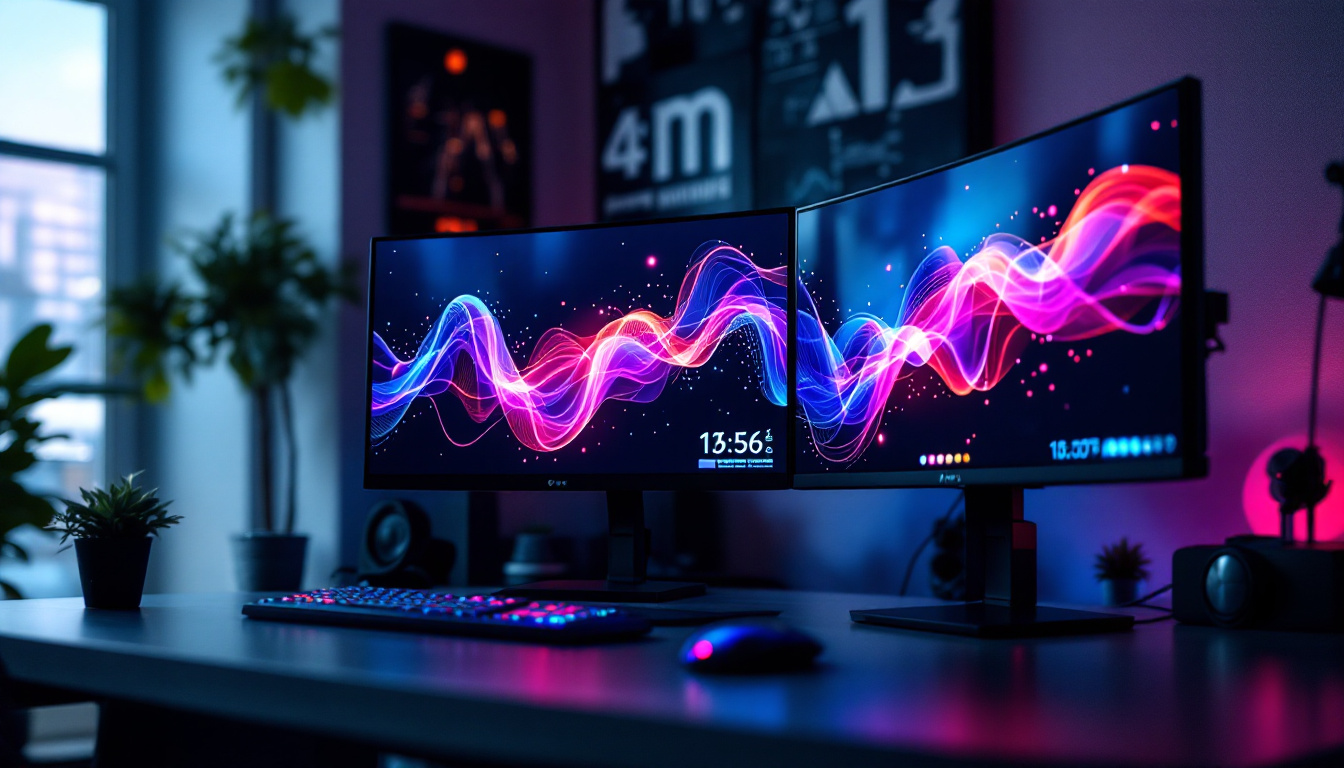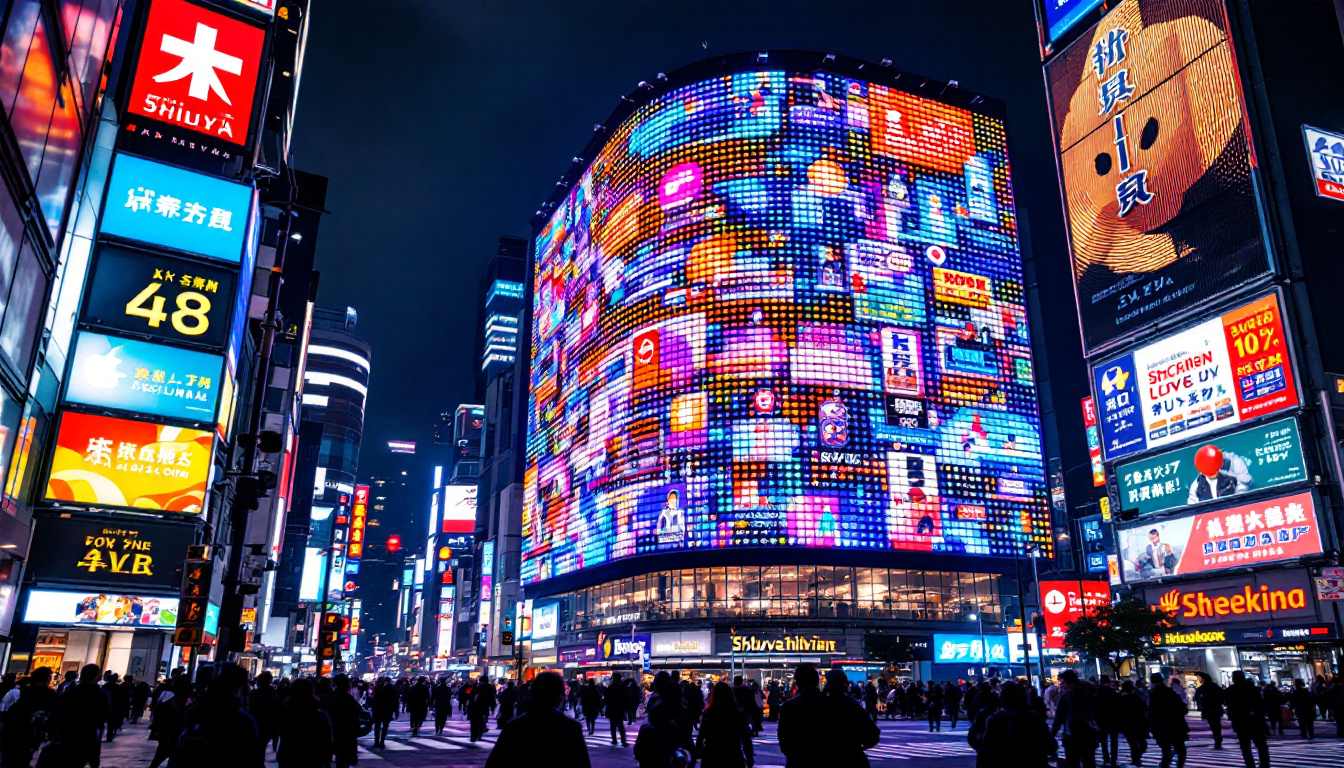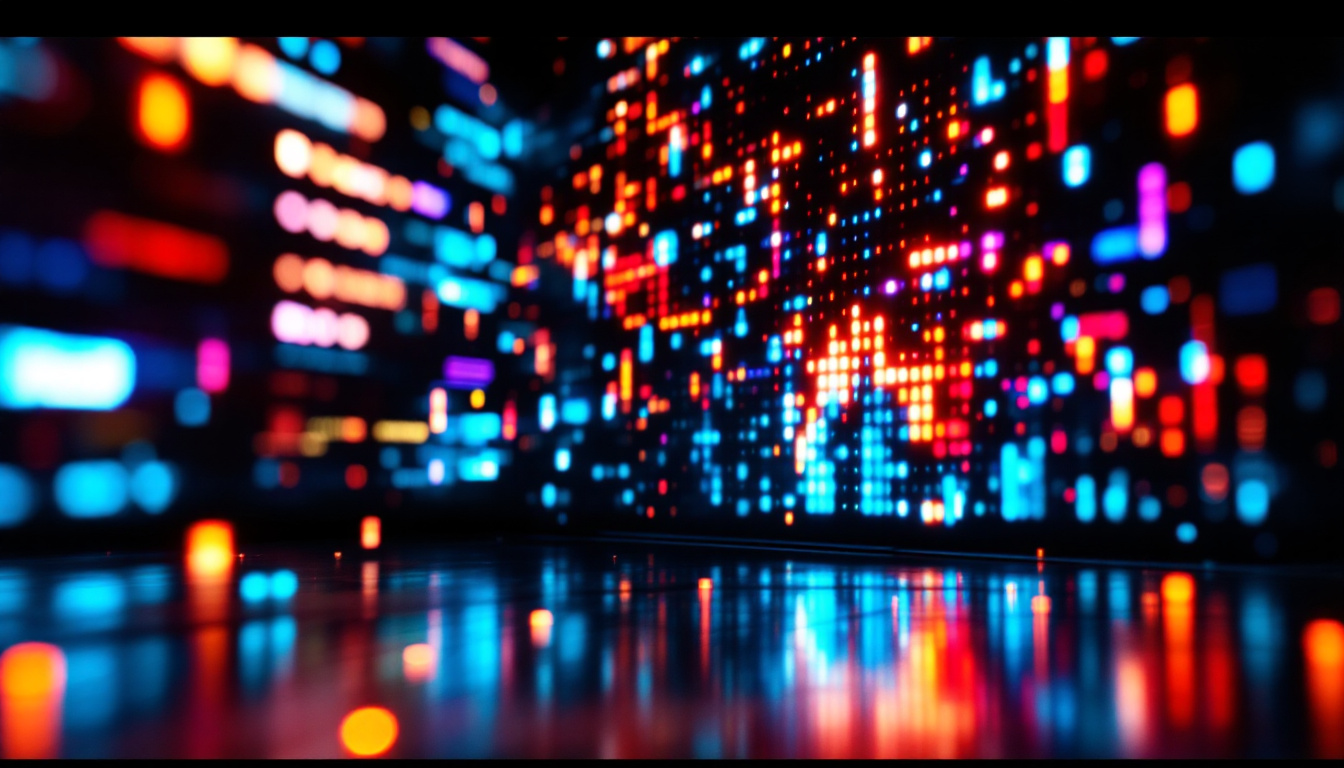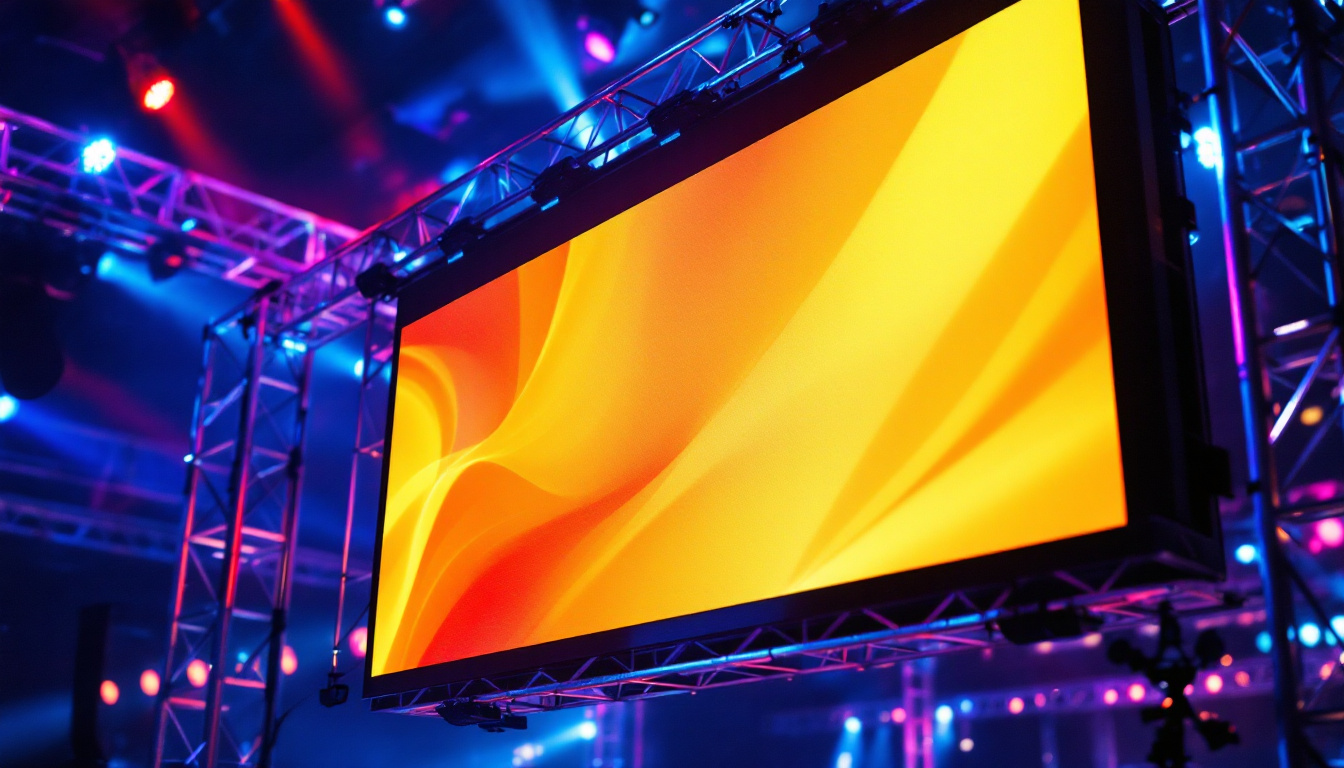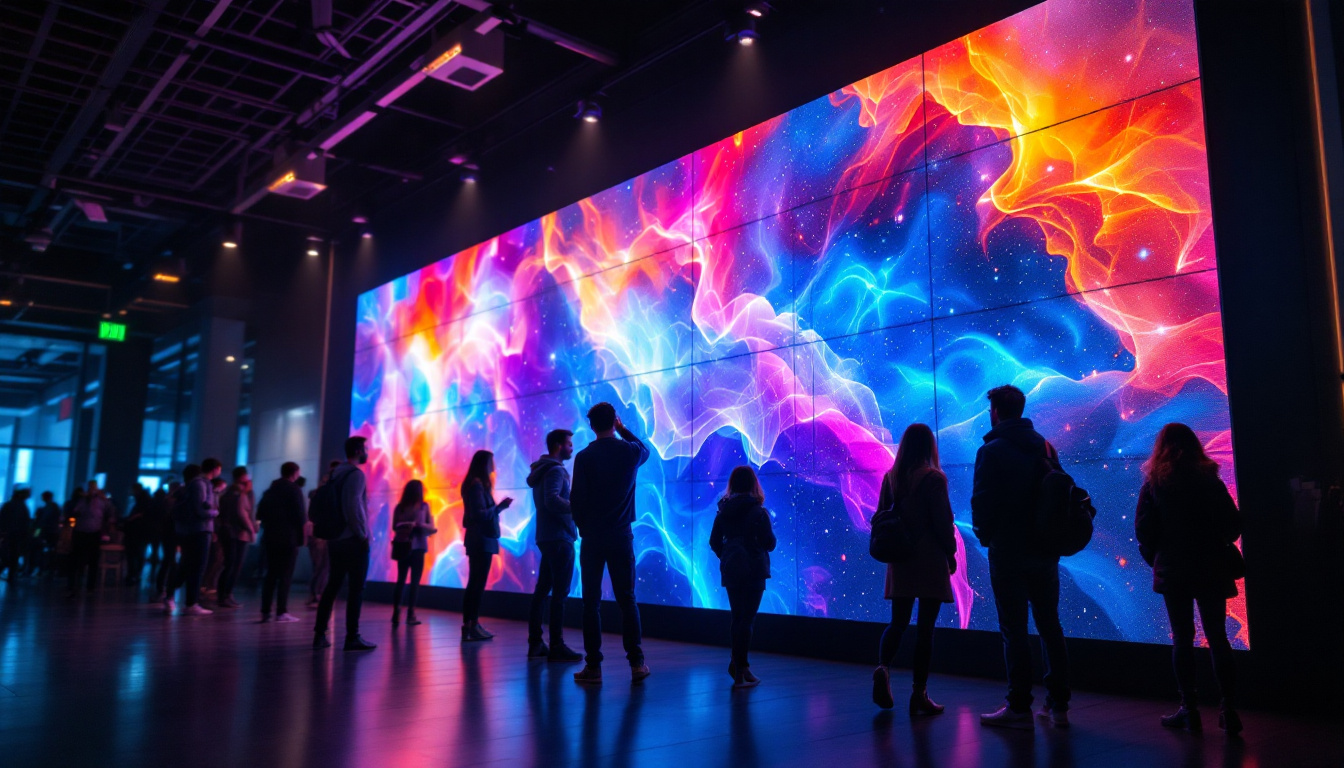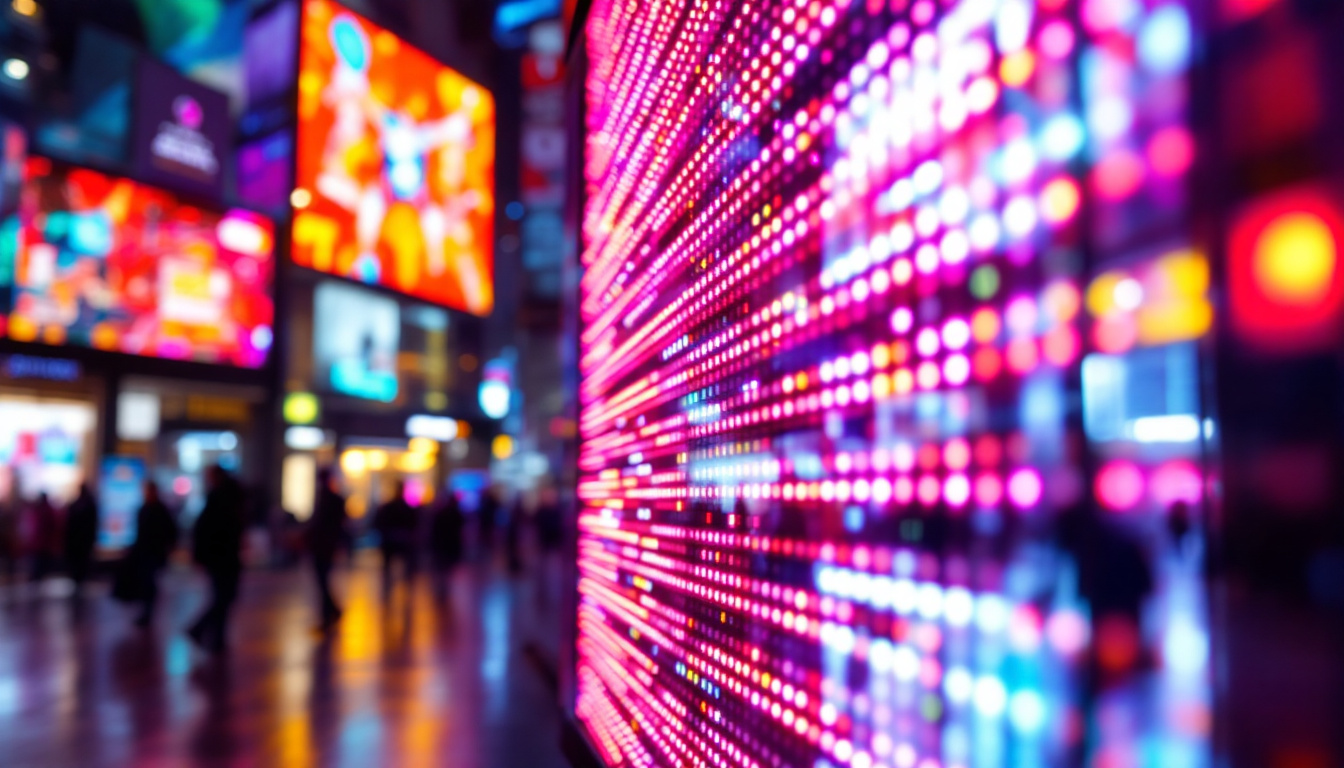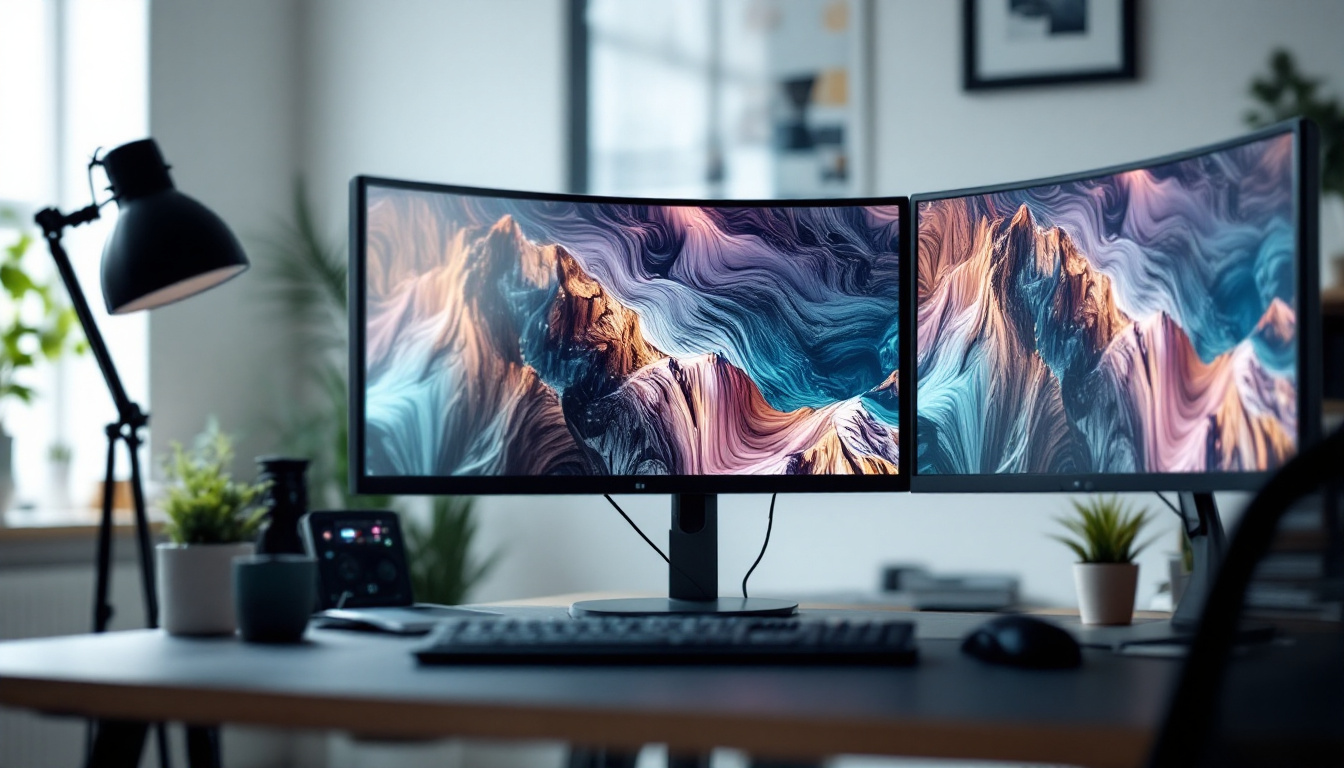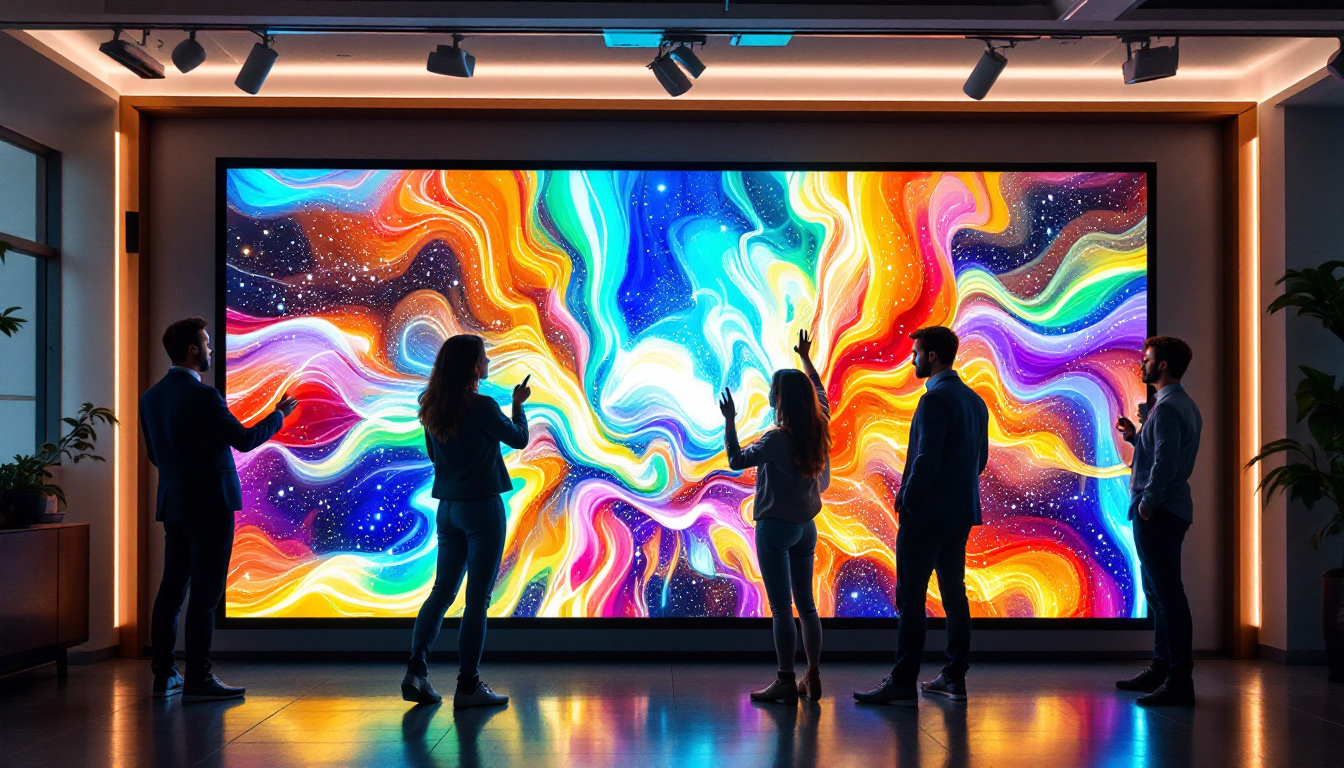In recent years, LED displays have transformed the way we experience visual content on a large scale. From stadiums and concert venues to urban advertising and transportation hubs, giant LED screens captivate audiences with their vibrant colors, sharp images, and dynamic capabilities. But what exactly makes these massive screens tick? This article delves into the technology behind giant LED displays, their applications, advantages, and the future innovations shaping this exciting industry.
Understanding the Technology Behind Giant LED Displays
What is an LED Display?
LED stands for Light Emitting Diode, a semiconductor device that emits light when an electric current passes through it. Unlike traditional display technologies such as LCD or projection, LED displays use thousands to millions of tiny LEDs as individual pixels to create images and videos. When arranged in a grid on a large panel, these LEDs collectively form a giant screen capable of displaying high-resolution content.
These displays are modular, meaning they are composed of multiple LED panels or tiles seamlessly connected to form one continuous screen. Each panel contains a matrix of LEDs, typically in red, green, and blue (RGB), which combine to produce a full spectrum of colors. The brightness and color intensity of each pixel can be precisely controlled, enabling vibrant and dynamic visuals even in challenging lighting conditions. This capability is particularly advantageous in environments where lighting can change rapidly, such as concerts or sporting events, allowing for a captivating visual experience that enhances the overall atmosphere.
Types of LED Displays
Giant LED screens come in various forms depending on their intended use and environment:
- Indoor LED Displays: Designed for controlled lighting environments such as conference halls, shopping malls, and broadcast studios. These screens have smaller pixel pitches (distance between LEDs), resulting in higher resolution and sharper images at close viewing distances. Their ability to deliver detailed graphics makes them ideal for presentations, advertisements, and immersive experiences that require clarity and precision.
- Outdoor LED Displays: Built to withstand weather conditions like rain, wind, and sunlight. They feature higher brightness levels (often exceeding 5,000 nits) to ensure visibility even under direct sunlight. The pixel pitch is generally larger to accommodate longer viewing distances. These displays are commonly used for billboards, sports arenas, and public events, where they can attract attention from afar and convey messages effectively in bustling urban environments.
- Transparent LED Displays: These innovative screens allow light to pass through, making them ideal for storefronts and architectural applications where maintaining visibility through glass is essential. They offer a unique blend of functionality and aesthetics, enabling businesses to showcase advertisements while still allowing customers to see the products inside, creating an engaging shopping experience.
- Flexible and Curved LED Displays: Utilizing flexible substrates, these displays can bend or curve, enabling creative installations on irregular surfaces or immersive environments. This flexibility opens up new possibilities for designers and architects, allowing them to create dynamic visual installations that can wrap around columns, fit into unique architectural designs, or even create interactive environments that respond to viewer engagement.
In addition to these types, LED technology continues to evolve, with advancements such as microLED and miniLED displays promising even greater performance and versatility. MicroLED technology, for instance, utilizes microscopic LEDs to create individual pixels, resulting in displays with exceptional color accuracy, contrast ratios, and energy efficiency. This innovation is paving the way for next-generation displays that could revolutionize how we interact with digital content, from personal devices to large-scale installations. As the demand for high-quality visual experiences grows, the future of LED displays looks increasingly bright and exciting, with endless possibilities for creative expression and communication.
Key Components and How They Work Together
LED Modules and Pixel Pitch
The fundamental building blocks of a giant LED screen are the LED modules. Each module contains a grid of LEDs arranged in a specific pattern. The pixel pitch, measured in millimeters, defines the distance between the centers of two adjacent pixels. A smaller pixel pitch means more pixels per unit area, resulting in higher resolution and finer image detail.
For example, an indoor LED display might have a pixel pitch as small as 1.2 mm, suitable for close-up viewing, whereas a large outdoor billboard might use a 10 mm or larger pixel pitch, optimized for viewers hundreds of feet away. Choosing the right pixel pitch is crucial to balancing cost, resolution, and viewing distance.
Control Systems and Processing
Behind the scenes, a sophisticated control system manages the content displayed on the LED screen. This system receives video input from various sources—such as computers, cameras, or media players—and processes it to match the screen’s resolution and configuration.
Advanced video processors handle tasks like scaling, color calibration, and synchronization across multiple modules to ensure a seamless image. Many modern LED displays support real-time content updates, interactive features, and integration with external data feeds, making them versatile for advertising, entertainment, and information dissemination.
Power Supply and Cooling
Given the sheer number of LEDs and their brightness levels, giant LED screens require robust power supplies to maintain consistent performance. Efficient power management helps prevent overheating and prolongs the lifespan of the display components.
Cooling systems, often involving fans or heat sinks, are integrated into the display design to dissipate heat generated during operation. Proper thermal management is essential for outdoor installations exposed to varying temperatures and for ensuring uninterrupted operation during long events.
Applications of Giant LED Displays
Sports and Entertainment Venues
One of the most visible uses of giant LED displays is in sports stadiums and arenas. These screens enhance the spectator experience by providing instant replays, live statistics, and engaging visuals that keep fans connected to the action. For instance, the AT&T Stadium in Texas boasts one of the world’s largest high-definition LED video boards, measuring 160 feet wide and 72 feet tall, delivering crystal-clear images to over 100,000 attendees.
Concerts and festivals also rely heavily on LED screens to create immersive stage backdrops and visual effects. The flexibility and brightness of LED technology allow performers to engage audiences even in outdoor settings with bright ambient light.
Advertising and Digital Billboards
Outdoor advertising has been revolutionized by LED displays. Digital billboards can display multiple advertisements in rotation, update content remotely in real-time, and incorporate dynamic elements such as animations and videos. This flexibility significantly increases advertising effectiveness compared to static posters.
Major cities like Times Square in New York and Piccadilly Circus in London are iconic examples of urban landscapes transformed by giant LED screens, turning them into vibrant hubs of commercial activity and cultural expression.
Transportation Hubs and Public Information
Airports, train stations, and bus terminals utilize LED displays to provide travelers with real-time information such as arrivals, departures, gate changes, and emergency alerts. The high visibility and clarity of LED screens ensure that critical messages are communicated effectively to large crowds.
Moreover, LED technology is increasingly used in smart city initiatives, displaying environmental data, public service announcements, and interactive maps to enhance urban living.
Advantages of Giant LED Displays Over Other Technologies
Superior Brightness and Visibility
LED displays outperform traditional LCD and projection systems in brightness, often reaching levels above 5,000 nits for outdoor screens. This makes them easily visible even under direct sunlight, a critical factor for outdoor advertising and public information displays.
Energy Efficiency and Longevity
Modern LEDs are highly energy-efficient compared to older lighting technologies. They consume less power while delivering brighter images, reducing operational costs over time. Additionally, LEDs have a long lifespan—typically 50,000 to 100,000 hours—meaning displays can function for years with minimal maintenance.
Durability and Weather Resistance
Outdoor LED displays are engineered to withstand harsh environmental conditions including rain, dust, and extreme temperatures. Their robust construction and protective coatings ensure reliable performance in diverse climates.
Flexibility and Customization
The modular nature of LED technology allows for screens of virtually any size and shape. Whether it’s a massive rectangular billboard or a curved installation wrapping around a building facade, LED displays can be tailored to meet unique design requirements.
Challenges and Considerations When Deploying Giant LED Displays
Initial Investment and Cost Factors
While the price of LED technology has decreased significantly over the past decade, giant LED displays still represent a substantial upfront investment. Costs depend on factors such as screen size, resolution, pixel pitch, and installation complexity. However, the long-term benefits in terms of durability and operational savings often justify the initial expenditure.
Maintenance and Technical Support
Maintaining a giant LED screen requires periodic inspections, cleaning, and occasional repairs. Access to technical expertise is essential to address issues like dead pixels, power fluctuations, or software updates. Many providers offer service contracts to ensure optimal performance and minimize downtime.
Content Creation and Management
To maximize the impact of a giant LED display, content must be carefully designed to suit the screen’s resolution and viewing context. High-quality visuals, appropriate pacing, and clear messaging are crucial. Additionally, managing content schedules and integrating interactive elements can add complexity but also enhance audience engagement.
The Future of Giant LED Displays
Advancements in MicroLED and MiniLED Technologies
Emerging technologies like MicroLED and MiniLED promise even greater resolution, brightness, and energy efficiency. MicroLED displays consist of microscopic LEDs that enable ultra-fine pixel pitches, making them suitable for applications requiring extremely high-definition visuals. As these technologies mature, they are expected to complement or even replace traditional LED displays in certain markets.
Integration with Augmented Reality and Smart Technologies
Future giant LED displays are likely to become more interactive and integrated with smart city infrastructure. Combining LED screens with augmented reality (AR) and Internet of Things (IoT) devices could enable personalized advertising, real-time data visualization, and immersive experiences tailored to individual viewers.
Sustainability and Eco-Friendly Innovations
As environmental concerns grow, manufacturers are focusing on developing LED displays with lower carbon footprints, recyclable materials, and improved energy management systems. Innovations such as solar-powered LED billboards and adaptive brightness controls contribute to greener digital signage solutions.
Conclusion
Giant LED displays have become a cornerstone of modern visual communication, offering unmatched brightness, versatility, and impact. Understanding the technology behind these impressive screens helps businesses, event organizers, and city planners make informed decisions about their deployment. With ongoing advancements in LED technology and integration with smart systems, the future holds exciting possibilities for even more dynamic and engaging giant screen experiences.
Whether illuminating a sports arena, energizing a cityscape, or delivering critical information, giant LED displays continue to redefine how audiences connect with digital content on a grand scale.
Illuminate Your Space with LumenMatrix
Ready to elevate your visual impact? Explore LumenMatrix’s comprehensive range of LED display solutions, where innovation meets excellence. From the vibrant Indoor LED Wall Display to the robust Outdoor LED Wall Display, and from the dynamic Vehicle LED Display to the sleek LED Poster Display, LumenMatrix has the perfect LED solution to bring your vision to life. Our mission is to transform your communication with displays that not only captivate but also deliver your message with unprecedented clarity. Don’t just take our word for it; check out LumenMatrix LED Display Solutions today and see how we can help you create unforgettable experiences.


